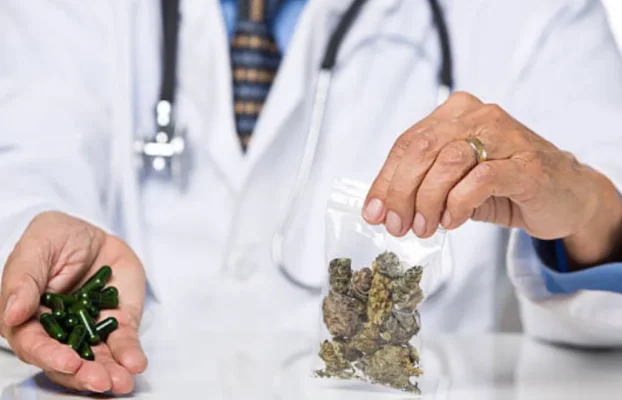Introduction
Understanding Medical Rehabilitation
Introduction

If one falls ill or sustain an injury, with present day medical treatment, there is a good chance to recover fully. Unfortunate few may succumb. There will be some, whom will recover partially. This group will be left with a disability. Trying to recover the disability or improve their function to maximum possible is called medical rehabilitation.
Examples of these are musculoskeletal disorders such as rheumatoid arthritis, osteoarthritis, back pain, spinal injuries/diseases, head injury, amputations, post orthopedic surgery etc.
The concepts introduced in the World Health Organisation’s International Classification of Functioning, disability and health (ICF), describe the disability as one or more of following in a person with a disease or injury. They are structure and function impairment, activity limitation and participation restriction.
The medical rehabilitation can be defined as maximizing the recovery of above three situations.
Principles of Medical Rehabilitation

Team Collaboration

Discharge Planning

Early Intervention

This process is a team work. Specialists in different medical fields, medical officers, professionals supplementary to medicine (physiotherapists, occupational therapists, nurses, speech therapists etc.),and social service officers work together as a team in this process. They work with achievable functional goals in mind and to achieve them within a time frame. A viable final discharging plan should be available for persons having medical rehabilitation.
Medical rehabilitation needs to start at the acute care setting itself. At the end of acute care a decision needs to be taken by a consultant in medical rehabilitation with the team, on suitability of the person for medical rehabilitation and mode of delivery. Medical rehabilitation can be carried out as inpatient in a hospital, as an outpatient or at home/community based.
Medical Rehabilitation Services in Sri Lanka
The outpatient rehabilitation services are available in hospitals that have functioning Rheumatology & Medical rehabilitation units.
These include all Teaching, Provincial and General hospitals and some base hospitals.
Specialized inpatient rehabilitation care is available at Rheumatology and Rehabilitation Hospital – Ragama, Digana Rehabilitation Hospital – Kandy, Maliban Rehabilitation Unit – Teaching Hospital Karapitiya- Galle, Jayanthipura Rehabilitation Hospital – Polonnaruwa and Kandagolle Rehabilitation hospital – Badulla.










